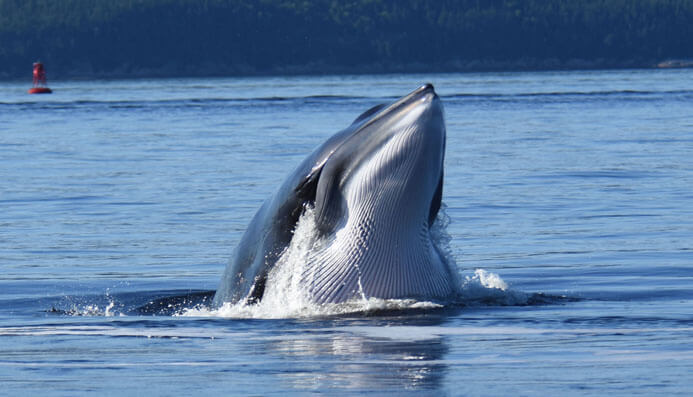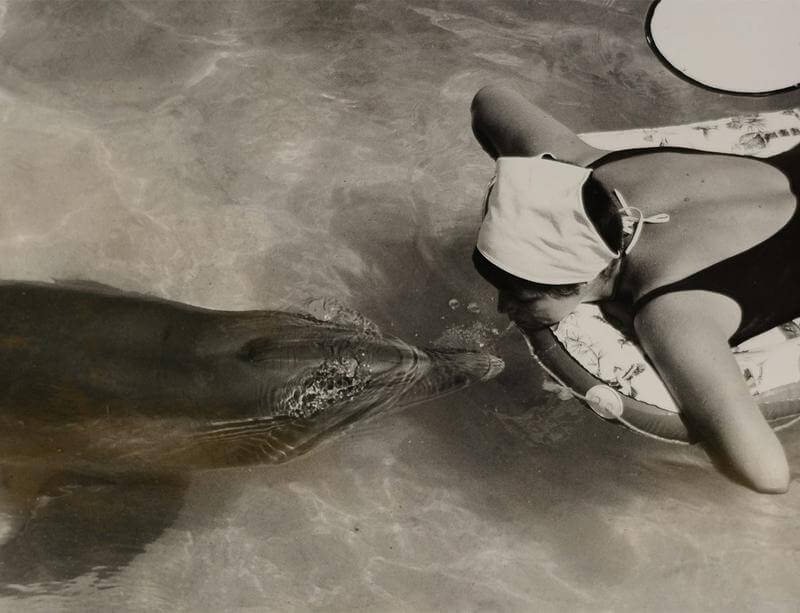Whether you’re on the North Shore or in the Gaspé Peninsula, when you live near the St. Lawrence, it’s easy to enjoy outdoor activities and observe whales and seals. But if you reside in Montréal, Québec City, Rouyn-Noranda or you are required to self-isolate, it is much more complicated. Whales Online has therefore identified a few initiatives to read, listen to, and watch, in an effort to make believe that whales, nature or science are directly in your living room. Every week, we’ll be adding new activities and resources! To view last week’s suggestions, click here!
A few podcasts for adults
A complete series of 40-minute episodes on the science of marine mammals exists! This Marine Mammal Sciencepodcast currently comprises 31 episodes. Every week, an expert in his or her respective field discusses their research, the development of knowledge in their discipline and of course, their favourite species. The recording isn’t perfect, but the content is excellent!
Two heartbeats a minute:this is the slowest pulse that a blue whale’s heart can reach. This seemingly anectodal figure serves as the basis for Invisibilia, a program created by the US-based National Public Radio (NPR). It discusses how whales can spark public interest in climate change issues as well as science and nature in general
One particular episode of the Radiolab podcast, produced by WNYC radio, has left its mark on many minds: “Home is where your dolphin is”. This episode features an experiment carried out in the 1960s in which Margaret Howe lived for several months with a captive bottlenose dolphin. The show raises fascinating questions about research ethics and the evolution of how we perceive animals. An exciting 20 minutes of listening (which could easily become hours if you start browsing through all the episodes of Radiolab and Radiolab for Kids).
Virtual exhibition
Did you know that a number of museums and interpretation centres are offering virtual exhibitions? You can discover the nuts and bolts of navigating on the St. Lawrencethrough an exhibit put together by the Biophare in the town of Sorel. Based on stunning photos, study the challenges of piloting, environmental impacts, natural and human obstacles on the Seaway and how the different uses of the Saint-Lawrence have evolved.
Entertaining video
National Geographic’s YouTube channel has several series of videos for children, teens and adults.
Learn how to make an origami beluga with Earth Rangers!






